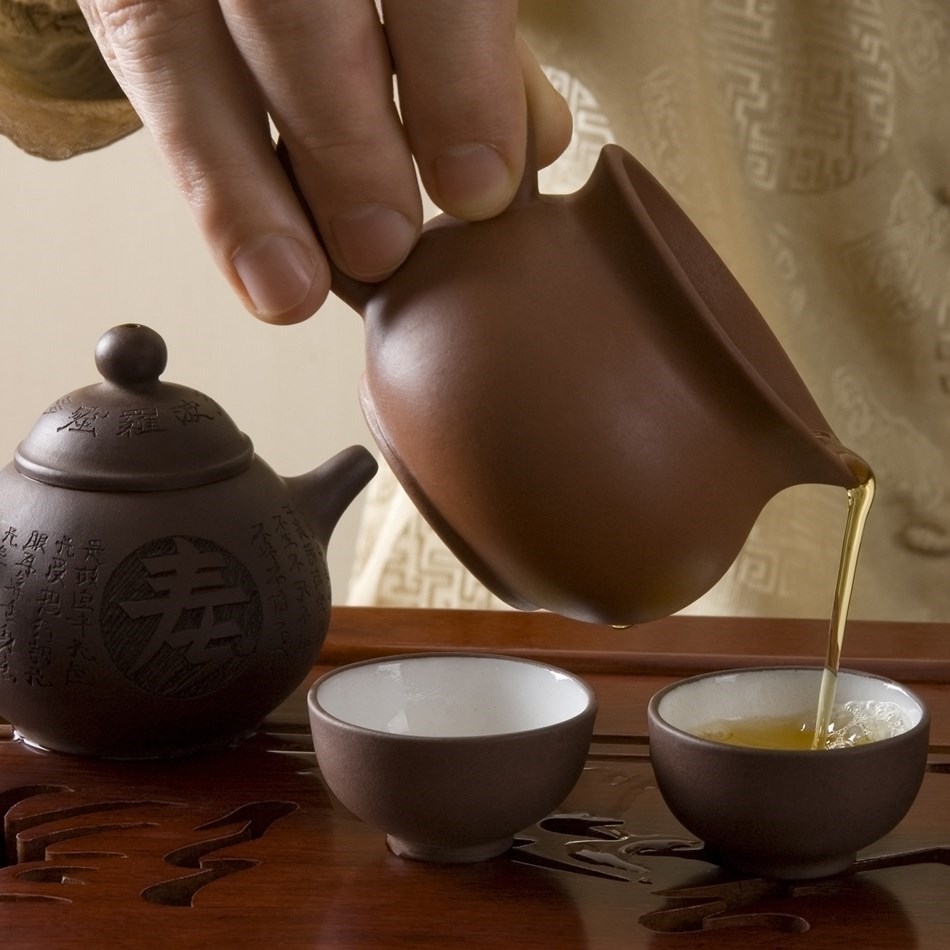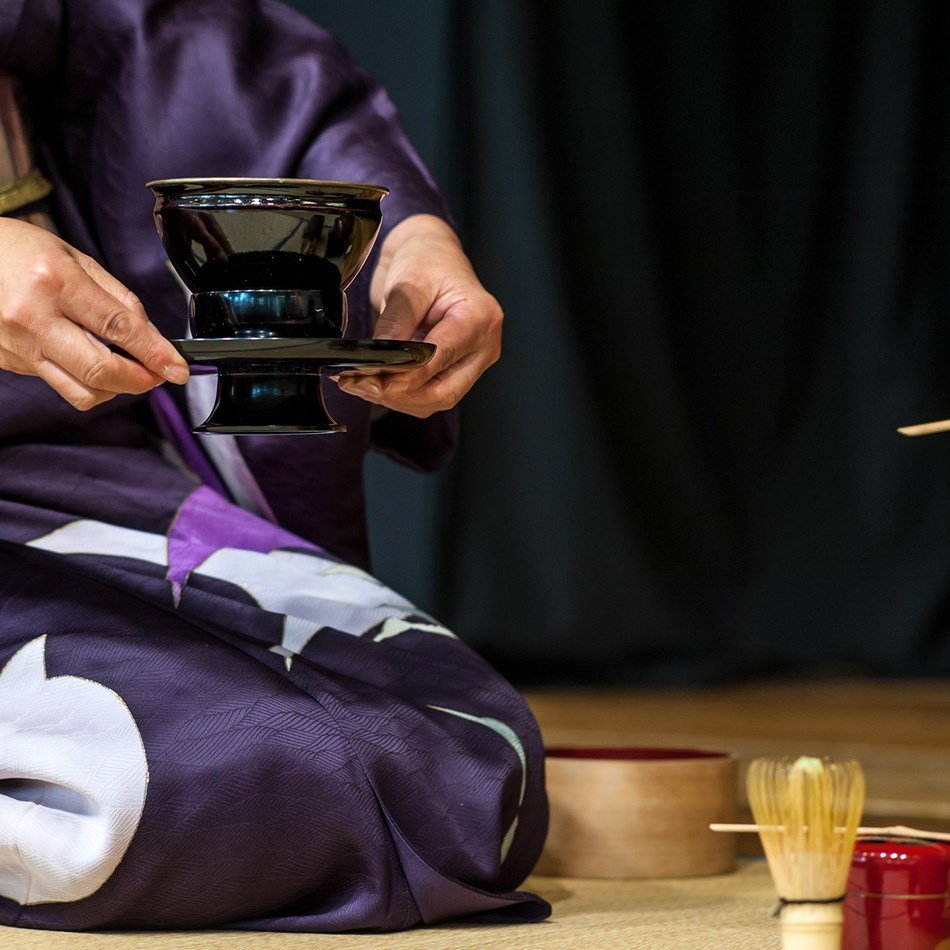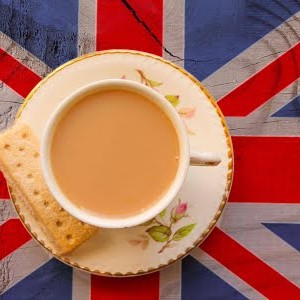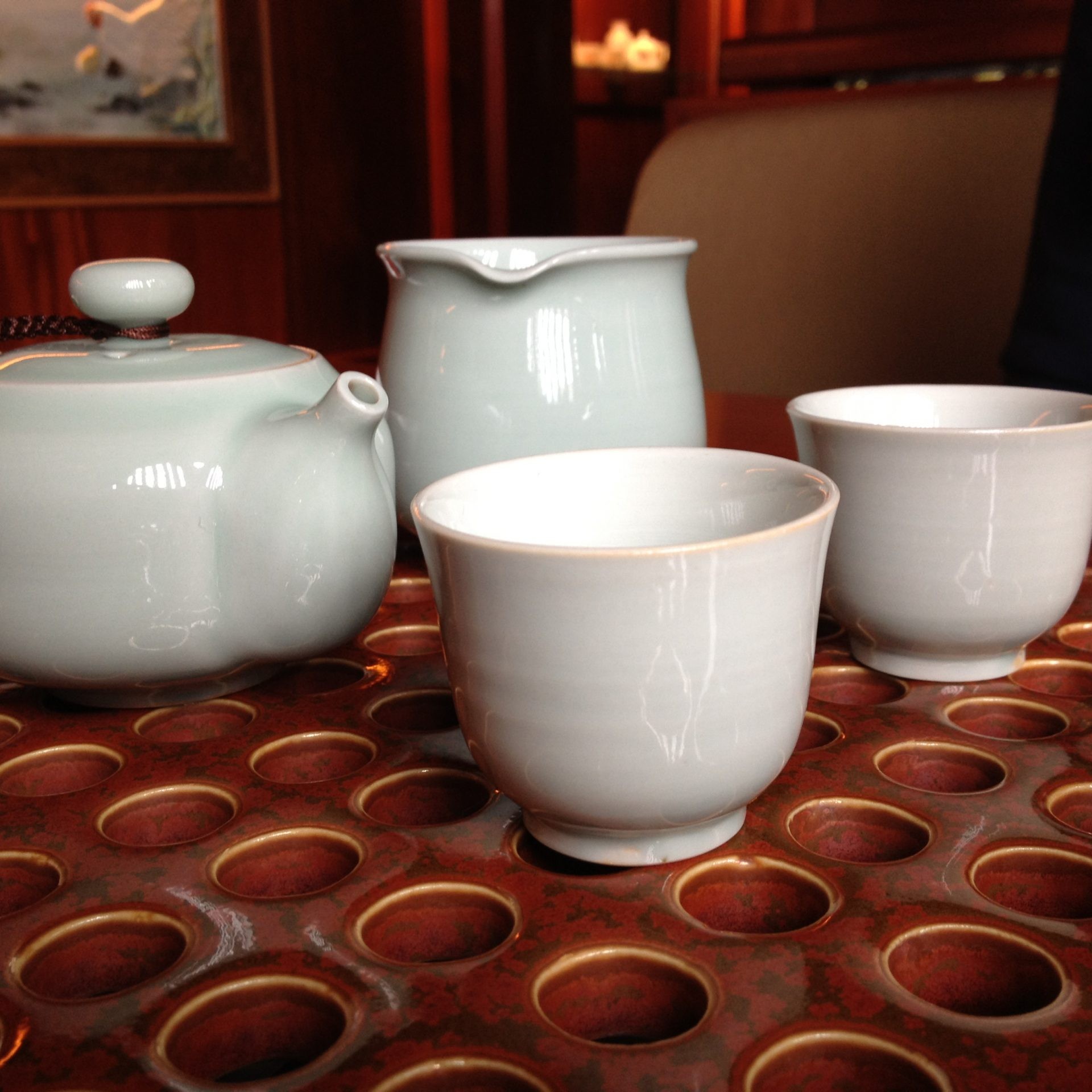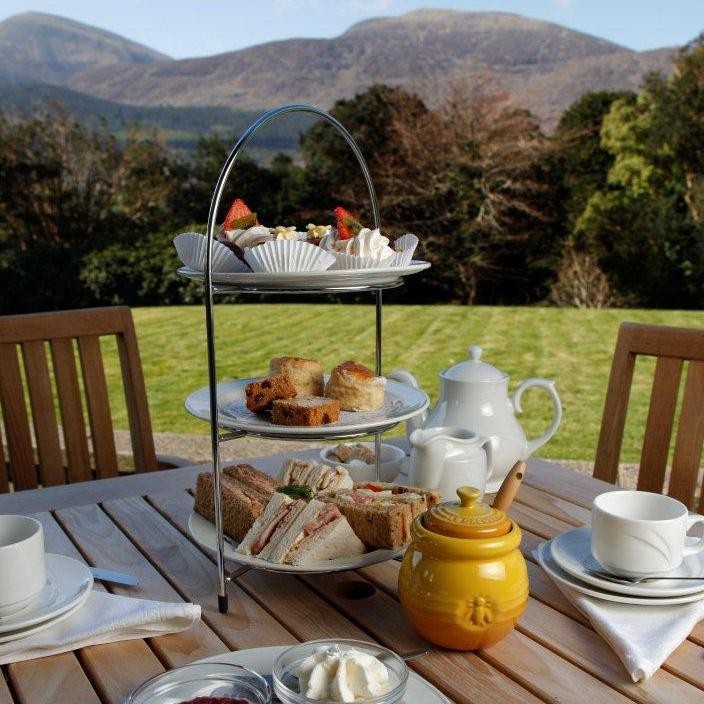Tied by Tea
The story of the world’s favourite drink begins in the mountains of China 5000 years ago. Since then it has spread through trade, and conquest becoming an expensive commodity that prompted international espionage and lead to wars before becoming a symbol of peace and an international shared social tradition which evokes feeling of warmth and welcome wherever we are in the world. It is a wonderful gift China has given to the world and its tale is surprising and gripping.
Native to the mountainous region of Yunnan in Southwestern China, the Camellia sinensis tea bush has more than a thousand sub-varieties, each producing a distinct flavour. It was first enjoyed as early as 2,000 BC, becoming renowned for its health benefits and calming properties, and is now cultivated in all corners of the world.
Join us as we discover the history and traditions of tea drinking in some of the countries where it is most popular. Follow us as we trace tea and its journey through language and finally learn more about how it have become part of the cultural heritage of so many countries and communities across the globe.
We will learn about how we once fought over the drink which now unites us, and find out just what the history and heritage of the humble cup of tea really is.
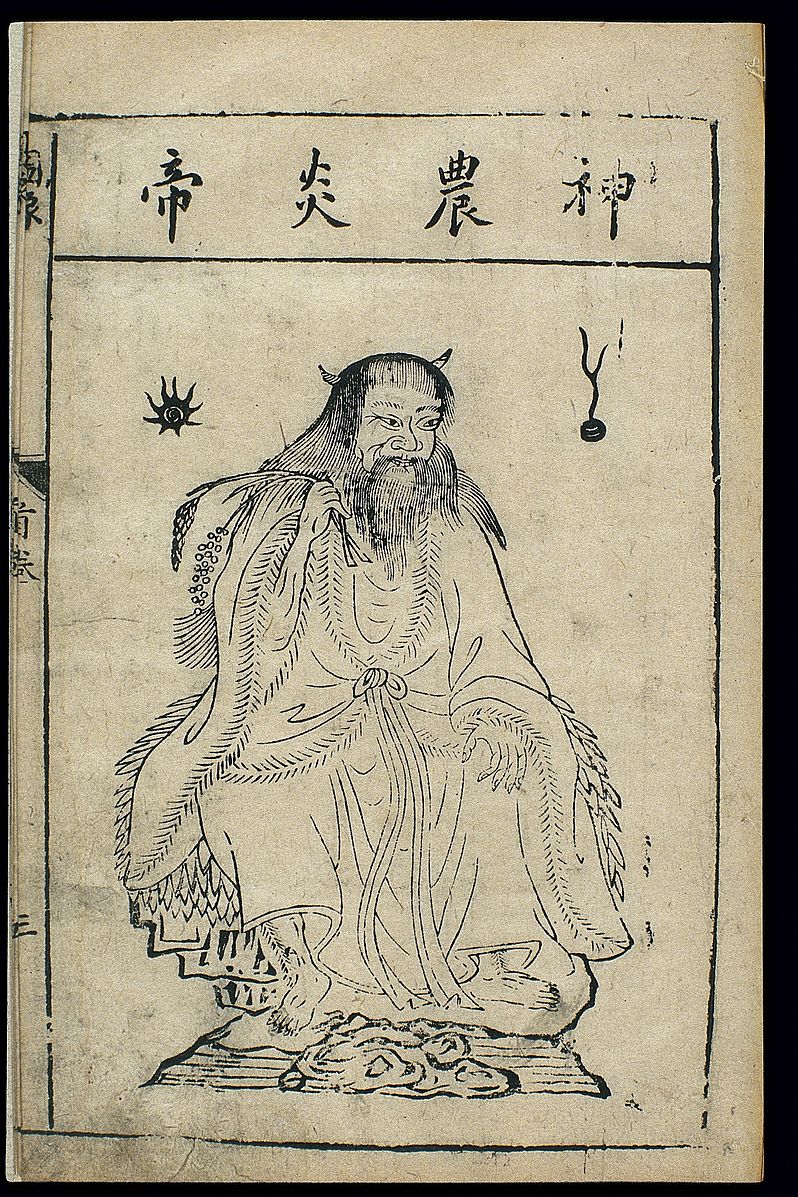
Chinese Tea Traditions
The art of drinking and serving tea is an important and special event in China. It is a time to relax and enjoy the taste and the smell of the tea.
The Chinese tea ceremony is all about the tea. The smells and taste are the most important parts of the ceremony, so the rules for making and pouring the tea are not always the same.
In most areas of China the tea is made in small clay teapots. The pot is rinsed with boiling water and then the tea leaves are added to the pot using chopsticks or a bamboo scoop. The tea leaves are rinsed in hot water in the pot and then hot water is added to the leaves to make the tea.
The temperature of the water is important. It needs to be hot but if it is too hot it can spoil the taste. The art of preparing and making tea is called Cha Dao.
In less than a minute, the server pours the tea into small narrow cups but he doesn’t pour one cup at a time. Instead the cups are arranged in a circle and the server pours the tea in all of them in one go.
He fills the cups just over half way. The Chinese believe that the rest of the cup is filled with friendship and affection.
The server passes a cup to each guest and invites him or her to smell the tea first. You should thank him by tapping on the table three times with your finger. Next each guest pours their tea into a drinking cup and they are asked to smell the empty narrow cup. Finally they drink the tea.
It is most polite to empty the cup in three swallows.
When you drink tea in a teahouse or restaurant is it called Yum Cha, yum is to drink and cha is tea.
The origins of tea as a drink are lost in the mists of time, but it has played a part in the human story for over five thousand years.
According to Chinese legend, it was Emperor Shen Nong who first discovered tea some 5,000 years ago. According to the legend, tea was first discovered by the Chinese emperor who was also a famous herbalist, in 2737 BCE. It is said that the emperor liked his drinking water boiled before he drank it so it would be clean. One day, on a trip to a distant region, he and his army stopped to rest. A servant began boiling water for him to drink, and a dead leaf from the wild tea bush fell into the water. It turned a brownish color, but it was unnoticed and presented to the emperor anyway. The emperor drank it and found it very refreshing, and cha (tea) came into being.
However, tea was likely utilised as a medicinal remedy long below this, mixed with various herbs to produce a healing concoction. The influence of religion and the unification of China managed to popularise tea around the country, first among the upper class and then among the masses, with the advent of tea houses occurring during the Ming Dynasty.
With each changing dynasty, the preparation and use of tea evolved, from solid cakes of compressed tea to loose-leaf beverages. Today, tea in China is an integral part of everyday life; the most popular type of tea is green, followed by oolong and pu-erh (fermented tea). Black tea was never very popular among the people of China, having been reserved only for foreign export in the past. The practice of serving tea is ritualised in the gong fu tea service, a tradition that has continued to thrive in modern times.
[3d-flip-book id=”84587″ ][/3d-flip-book]
Tied By Tea
Our Tied By Tea Booklet is the perfect introduction to Tea, and how it not only features in Chinese Culture and as part of our heritage but has become a part of everyday life in so many countries across the globe. Why not download it and enjoy reading it over a cup of tea – however you like it. For our heritage detectives or other learners visiting the Virtual Gallery as part pdf their journey of discover, you might just find some of the answers and clues you have been looking for.

